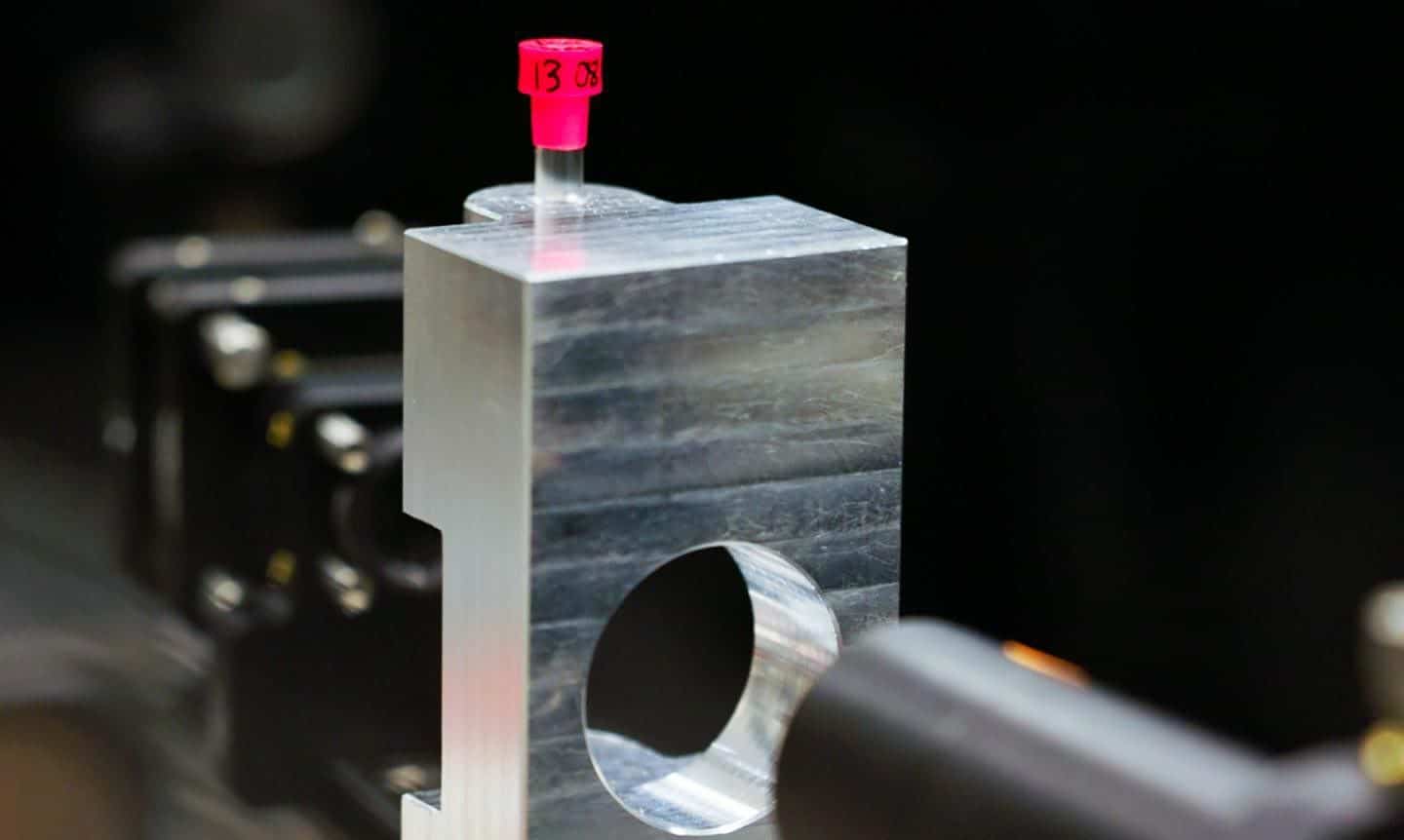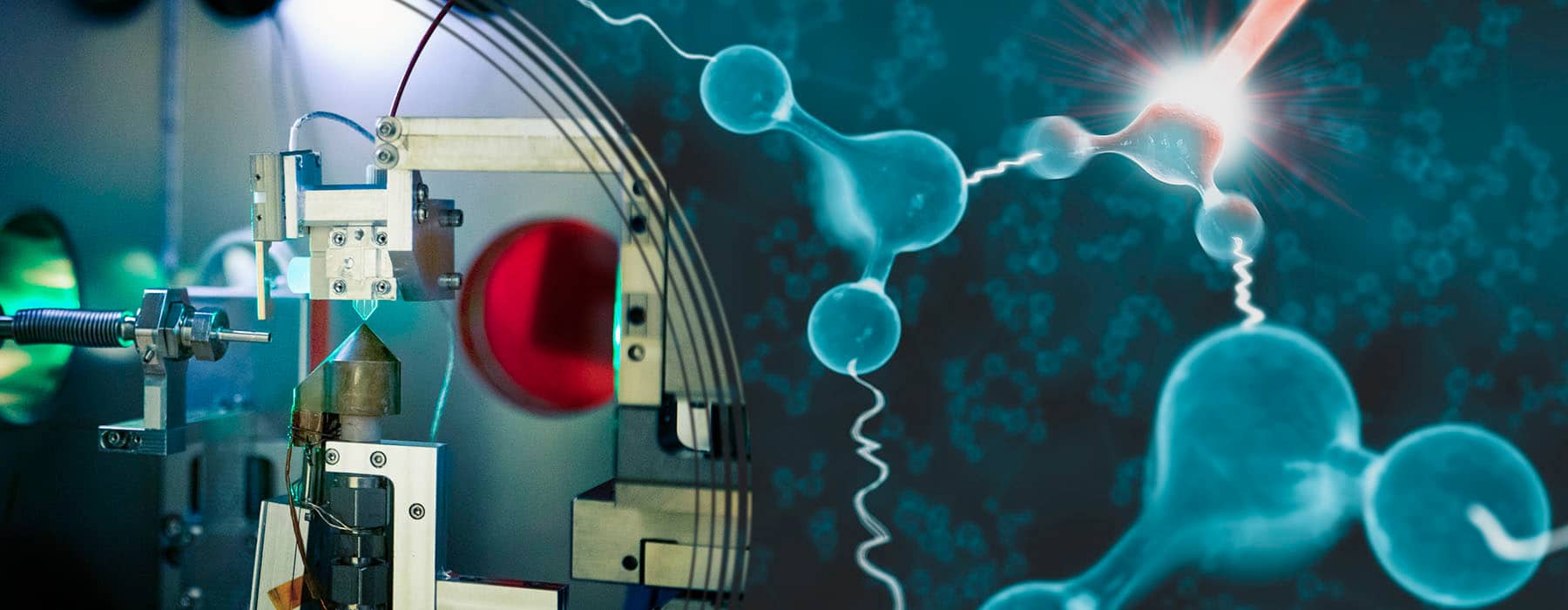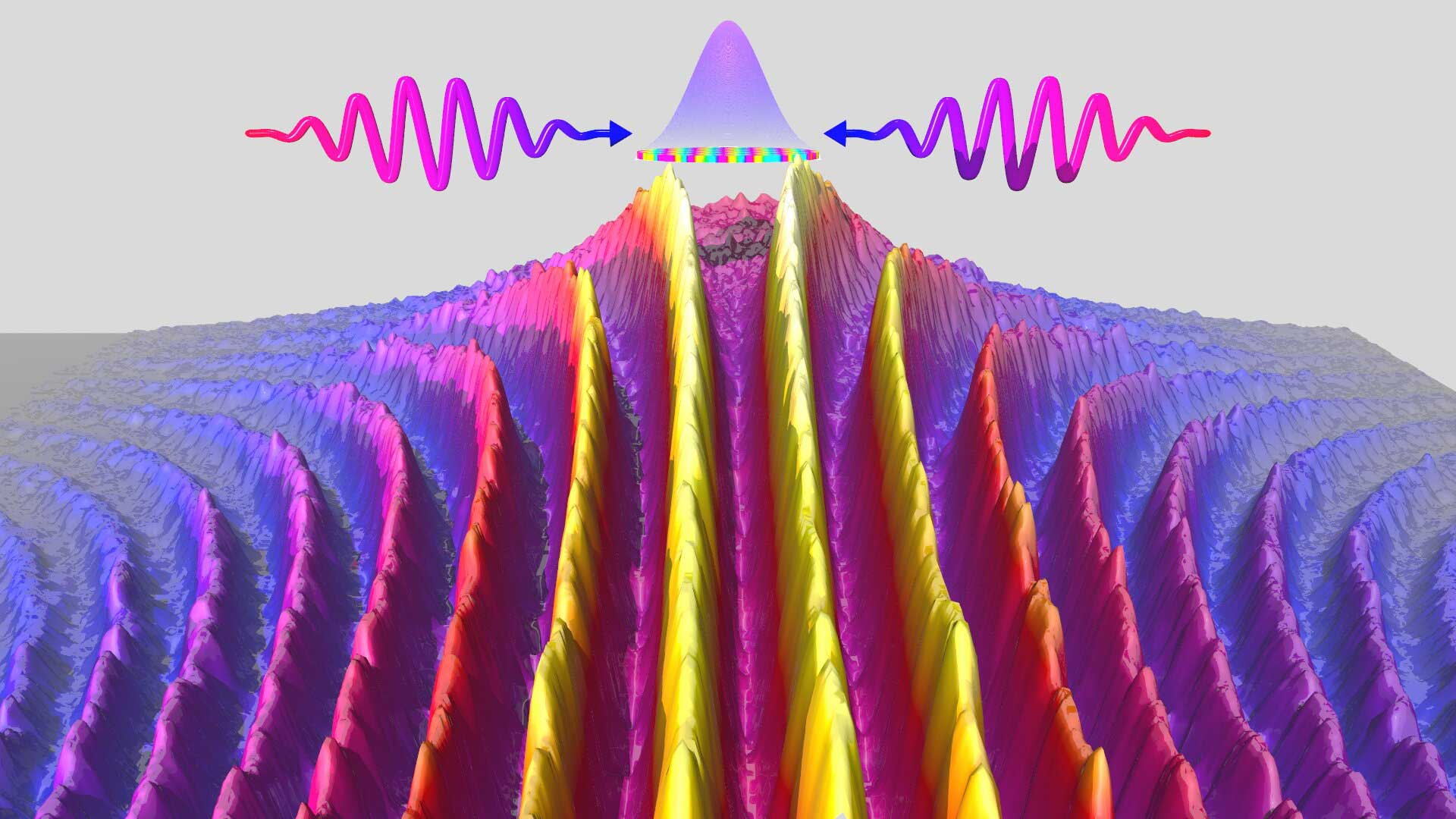Four minutes. Imagine what you can accomplish in four minutes. Make coffee? Read half an article? Send a few text messages?
For most of us, four minutes pass in a heartbeat. Yet during those same four minutes, a quantum computer recently performed calculations that would have kept a conventional supercomputer busy for 2.6 billion years.
Scientists achieved something magical—compressing billions of years of computation into minutes. Such power shifts our understanding of what’s possible. Quantum computing won’t just change how we process information; it will transform medicine, climate science, materials design, and countless other fields we rely on daily.







